I Discover The Best & Worst Of A Nile River Cruise
I Discover The Best & Worst Side Of A Nile River Cruise
I never thought I would have to sleep on the bathroom floor on my AmaWaterways Nile River cruise to avoid a downside that no one warned me about. Instead, I had been told to watch out for safety issues, pushy vendors, and getting the infamous Egyptian upset stomach. So, how did I find it all? Was it worth it, even with those two nights of sleeping on the bathroom floor?
Let’s start with the best things. First off, although I knew it would be impressive, nothing had prepared me for the actual grandeur of the sights.
Nile River Cruise Best #1: The Sights
My AmaWaterways trip was 11 days, starting with 3-nights in Cairo, a 7-night Nile River Cruise sailing from Luxor to Aswan and back and one final night back in Cairo.
While in the city, they took us to see the three enormous pyramids and Great Sphinx at Giza. Two other Cairo highlights for me were the Alabaster Mosque at the Citadel of Salah Eldin, and the Museum of Egyptian Antiquities.
But for me, the best sights were on the cruise itself.
Luxor
At the start, in Luxor, we visited the Valley of the Queens to see the remarkable Nefertari’s tomb, and others like Titi’s Tomb, wife of Rameses III. In the Valley of the Kings, I saw Tutankhamen’s tomb, and three other magnificent tombs with the most remarkable being Titi’s husband Ramses III’s tomb stretching deep into the hillside.
We also went spent time at the multi-level Queen Hatshepsut’s temple carved into the mountain side. This is one of my favourites from the entire trip.
Also in Luxor, we explored the 250-acre Karnak Temple complex, which transported me into scenes I remembered from Agatha Christie’s “Death on the Nile”. We also ventured north to the Temple of Hathor, Goddess of Love, near Qena with its magnificent blue ceilings depicting the zodiac.
Aswan
Then on the sailings to and from Luxor to Aswan we called in at Edfu to see the enormous Temple of Horus, and at Kom Ombo visited the only temple dedicated to two gods, Sobek (the Crocodile God) and Haroeris (the Falcon-headed Good Doctor God).
Once in Aswan we explored the Philae Temple, which was moved in its entirely from an island that was going to disappear under rising lake waters to a new island.
I also experienced two things in Aswan that will stay with me for years. First, was sailing on a felucca from the AmaDahlia ship to have afternoon tea at the famous Old Cataract Hotel, where Agatha Christie spent time writing “Death on the Nile”.
And second was Abu Simbel. These massive and jaw-dropping temples were moved 62 metres up and 200 metres along to avoid the rising waters when Lake Nasser was built in the 1960s. Ever since I was 10 years old, when I learnt of this, I wanted to see it. It was the highlight of the entire trip.
Seeing so much packed into a 10-day adventure was something I loved about this trip. Though with so many temples and tombs many have asked if I got “tomb fatigue”.
Nile River Cruise Best #2: Egyptologist Guides
While seeing so much could have ended up being repetitive, it was not thanks to the Egyptologist Guide. On AmaWaterways, there was one per group of 24 passengers.
To become an Egyptologist takes four years study, and I found mine, Nermeen a mountain of information. She was entertaining, knowledgeable and a dab hand at helping us navigate some of the challenges that I will come to later.
I came away convinced that Nermeen was crucial in making this trip. So, if you ever cruise the Nile make sure you check how good the company you are considering is rated for the Egyptologist guides.
Nile River Cruise Best #3: Sailing the Nile
Another best thing was sailing the Nile itself. Unfortunately, there wasn’t as much sailing as I’d hoped because the distance covered is not that far. It’s just 120 miles (200km) from Luxor to Aswan and many days we did not sail at all as we were docked overnight. More on that later, as that brought some unwelcome downsides.
But, when sailing, it was beautiful and calming.
I especially enjoyed our first day of sailing, when all the ships departed Luxor roughly the same time and raced each other down to the Esna locks between Luxor and Aswan. Only 2 ships can enter at a time, and it’s on a first come, first served basis. Watching the ships jostling down the river was very entertaining.
One of the fun things once at the locks were the vendors in small rowboats that surrounded the ship, shouting up about what they’re selling, throwing items up to guests high up on the sun deck and negotiating. It was entertaining and unthreatening, unlike the vendors on land that I will come to a later.
Nile River Cruise Best #4: Inclusions
Another thing I liked was my AmaWaterways fare, as with most Nile cruises, was all-inclusive, and pretty much everything was included, and included someone on hand guiding us all the time from arrival to departure, which as you will see later is very important.
It was not a cheap trip and the 11-nights including pre- and post-stays in Cairo cost based on cabin type around $9,000 – $12,000 per couple excluding flights there. (That’s around £7,000 – £9,500)
Within that fare, I liked that I was met before immigration at the airport and guided through, had all transfers, hotels in Cairo, flights to and from Luxor, the river cruise, entry to the sites, food (breakfast, lunch, afternoon tea and dinner), Wi-Fi (though not that good!), daily Sip & Sail hour with all drinks using Egyptian spirits every evening. Egyptian beers and wines with lunch and dinner, entertainment events, and the Cruise Manager (Walaa) and the Egyptologists.
The only extra costs were optional and were gratuities (around $250 per person for the land and cruise teams), laundry and three optional tours (Abu Simbel at $350 as involved flights, Old Cataract Hotel Afternoon Tea at $50 and Camel rides at Giza).
Those were the best parts, now let me talk about what I found less good about Nile River cruising, starting with one I had not thought of before going.
Nile River Cruise Worst #1: So Many Ships
I was told by the crew that there are at least 250 ships sailing the Nile, which means it is very busy. All are sailing that short 120 Miles between Luxor and Aswan, which is why I saw 50 or more ships docked in some places. For example, as we pulled into Edfu to visit the Temple of Horus, I counted 50 ships there. And counted even more in Aswan.
As there are limited places to dock, ships dock side by side, sometimes 4 or 5 ships deep, and in rows. On some occasions I had four ships to walk through to get onto the bank. It meant my cabin often had another ship a few feet away, making it dark. Venues like the dining room and lounge would have the same too.
Engine noise and vibration
This, of course, happens on European river cruises too, but a difference here created another problem. Unlike in Europe, there is no shore side power to plug into. In Europe, the river cruise ships mostly switch their engines off and use electricity when docked.
In Egypt the noisy and fume generating petrol engines run 24 hours a day, seven days a week whether they are sailing or not. And because they dock in rows close in front, I discovered that a cabin like mine close to the front is unbelievably noisy from those engines.
That’s why the first and last night docked overnight in Luxor, even with earplugs, I ended up making a bed in my bathroom to close the door and reduce the noise. It was unbelievably noisy, so make sure you book midship as cabins at the rear could have the vibration and noise from your ship’s engines too.
This is key as ships are docked almost every night. We were docked for 6 of the 7 nights of the cruise!
Nile River Cruise Worst #2: So Many People
Not surprising with all the ships, the land-based visitors, and the limited sites to go to meant all places we went were extremely busy.
The worst was the Valley of the Kings, which Nermeen, our Egyptologist, called the “Valley of the Tourists”. In the tombs it meant shuffling through with lines of people. Although other places including Queen Hatshepsut’s temple, Karnak and Luxor Temples in Luxor and in Cairo the pyramids and museum, were jam packed.
One good thing about AmaWaterways and doing a seven-night itinerary is they did try visit places when it would be less frantic. Like the Temple of Horus, we got there mid-morning when the bulk of the ships had finished their morning visits and were leaving, we called into Kom Ombo early evening and were the only ship there, and we went through Esna locks back to Luxor early morning when no other ships were.
Nile River Cruise Worst #3: Vendor Challenges
One of the downsides of my Nile River cruise was the vendors and the focus on shopping. It was a bit draining!
Every site requires visitors to go through a market stall area to get in and out. There is no way round running the vendor gauntlet. The vendors are pushy, get in your face, and are persistent.
So, I found I had to just get ready, walk briskly through, keep my eyes forward, not glance or look at anything, not let anyone put anything on me, nor take anything offered and keep constantly shaking my head saying, “No, no, no, no, no” (or “la, la, la” which means no).
I was not that excited by what was on sale. All seemed to be selling the same stuff, and looked mass-produced, and very touristy.
On the upside, there did not seem to be other issues like pickpocketing, scams, and tricks other than over charging. Nermeen told us to always aim to pay only about 30% of what they start asking for.
The other thing which I was less keen on, although we didn’t have a lot on our trip were shopping trips dressed up as excursions. For example, we went to the Luxor Papyrus Institute, which really was a shopping trip. Though we did get a short demonstration on how papyrus is made and to paint our name in hieroglyphics on a prepared parchment in return.
Nile River Cruise Worst #4: Tummy Troubles
One of the things that I did constantly think about during the trip was getting the upset stomach many warned about. And the impact it would have on going out for long trips to the sites knowing the toilets were limited and not generally appealing.
I found the toilets overall at the sites were rather grubby and required paying to use. However, they did not cost much and one US dollar or less would suffice. But I would not want to do sit down in most!
Unlike a number of other people on the trip I did not get any tummy trouble. How? I think because I used hand gel all the time when out, including after touching bank notes, as that was a tip someone gave me. I used bottled water supplied by the line both on and off the ship, including when brushing my teeth and rinsing my toothbrush.
One thing to point out is that all the bottles of water had reminders from the manufacturers to check it’s sealed before drinking, as vendors fill up empty bottles and sell them at the sites which is how some tourists get upset stomachs.
I never had ice and I avoided salad, it’s the first time in my life that I’ve gone for nearly two weeks eating no salad. And I only had fruit if it was peeled and only had cooked vegetables.
People that did get upset stomachs told me they found Imodium, which is what I had brought with me, did not really work but a local remedy – the ship provided for free if asked – worked. So, that’s a tip to remember!
Nile River Cruise Worst #5: Security and Safety
The closer it got to going, the issue of safety and security worried me as so many people raised it. even the UK Foreign Office travel advice was full of watch outs.
That sense of worry did hover during the trip, as everywhere we went there were armed military and police with barriers, checkpoints, and metal screenings to enter every site. This also included at the hotel, and up to three at airports. We also had police escorts a few times, like from the airport and when visiting Qena.
Taking photographs
There was a lingering concern that I would inadvertently do something wrong. For example, Walaa (the Cruise Manager) warned us to never take photos of the police or check points, be careful taking photos at airports as many have military aircraft there. Not to take binoculars out, as that could be misinterpreted as spying or suspicious. And he advised me to not take some of my camera equipment, like tripods that could cause some questions with the authorities.
So, while that safety was a concern, I found travelling in the AmaWaterways “bubble” alleviated that as we always had someone with us to shepherd us around the issues, brief us on what to do and intervene if anything arose.
There is much online about how LGBT people are harassed in Egypt but being in that bubble I feel also helped the LGBT couples on our trip avoid being exposed to any of that risk.
So, while security and safety were a concern, travelling in the AmaWaterways bubble for me made me feel comfortable and reassured. That of course for some will be a downside as it means staying within the bubble and not truly roaming, exploring, and engaging with the locals.
I never left the bubble on the trip, although we did not really have time nor opportunity to, and I did have an amazing time which if I had chosen a cabin more midships would have edged it up even more.
SUPPORT TIPS FOR TRAVELLERS
- Find out about being a Patron on Patreon: https://www.patreon.com/tipsfortravellers
- Check out my T-Shirt range: http://bit.ly/TFTStore
FOLLOW ME ON SOCIAL MEDIA
——————————————-
- YouTube: http://www.youtube.com/tipsfortravellers
- Twitter: http://www.twitter.com/garybembridge
- Facebook: http://www.facebook.com/tipsfortravellers
- Instagram: http://www.instgram.com/garybembridge
- LinkedIn: https://www.linkedin.com/in/bembridge
- TikTok: @garybembridge

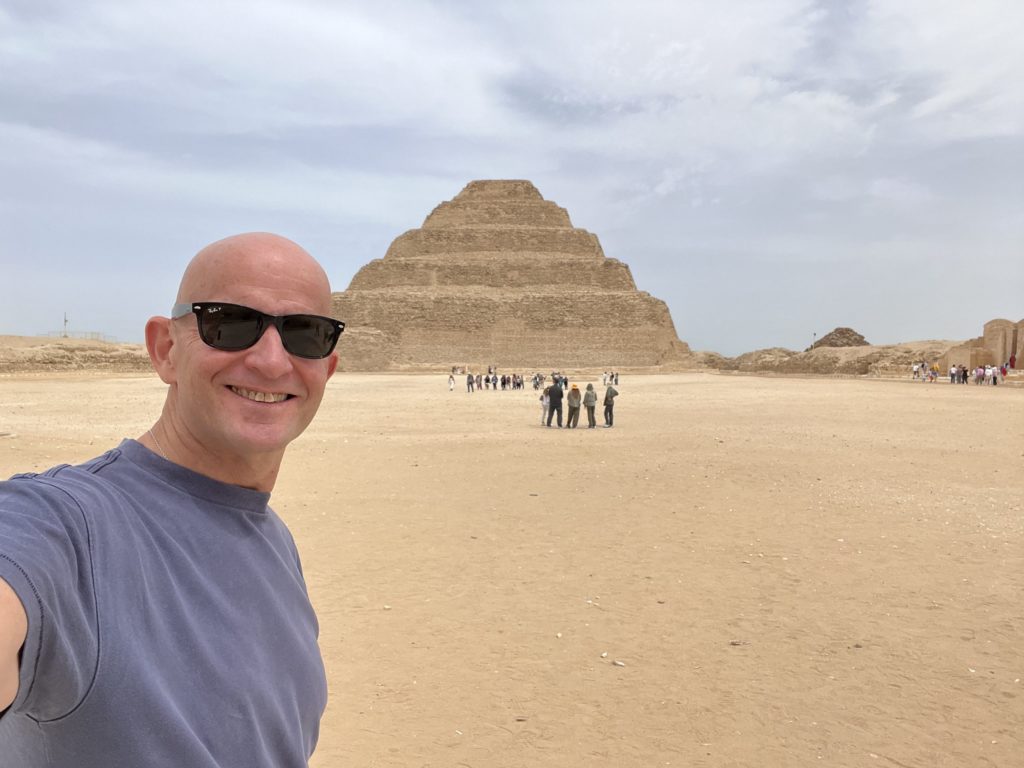
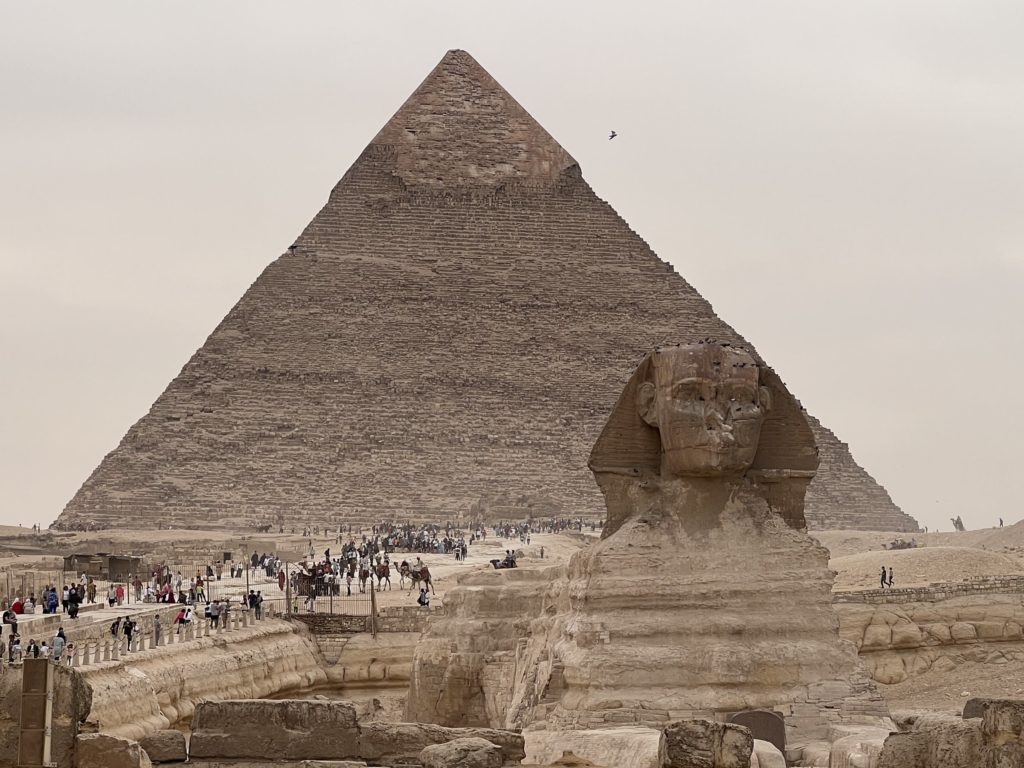
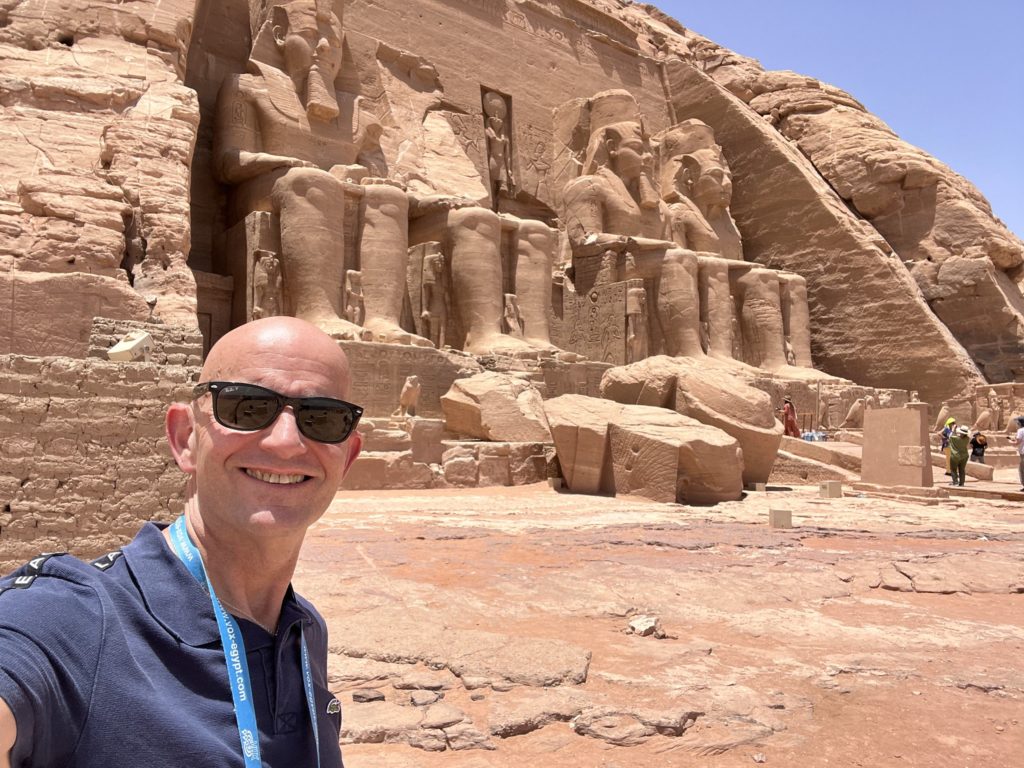
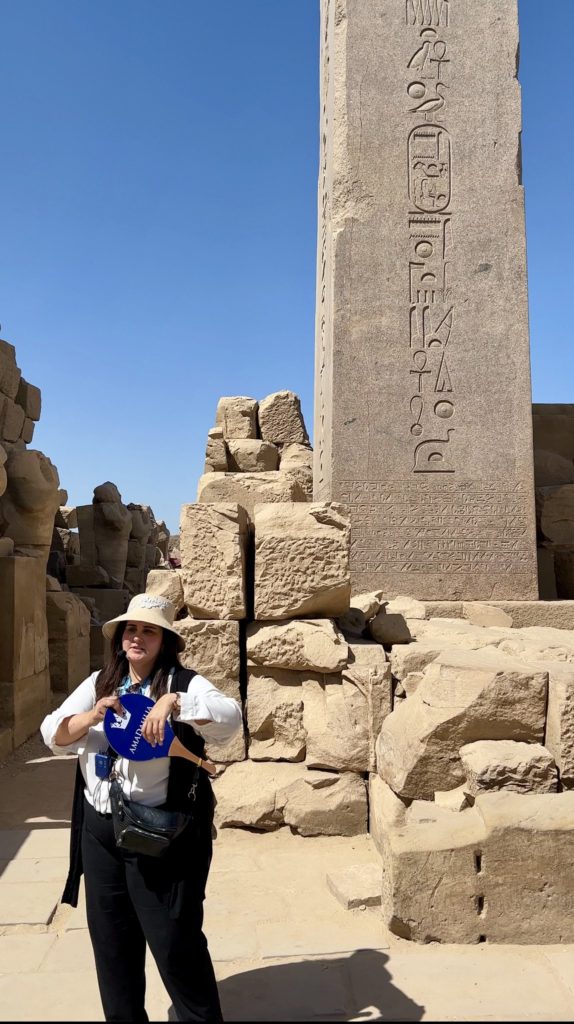
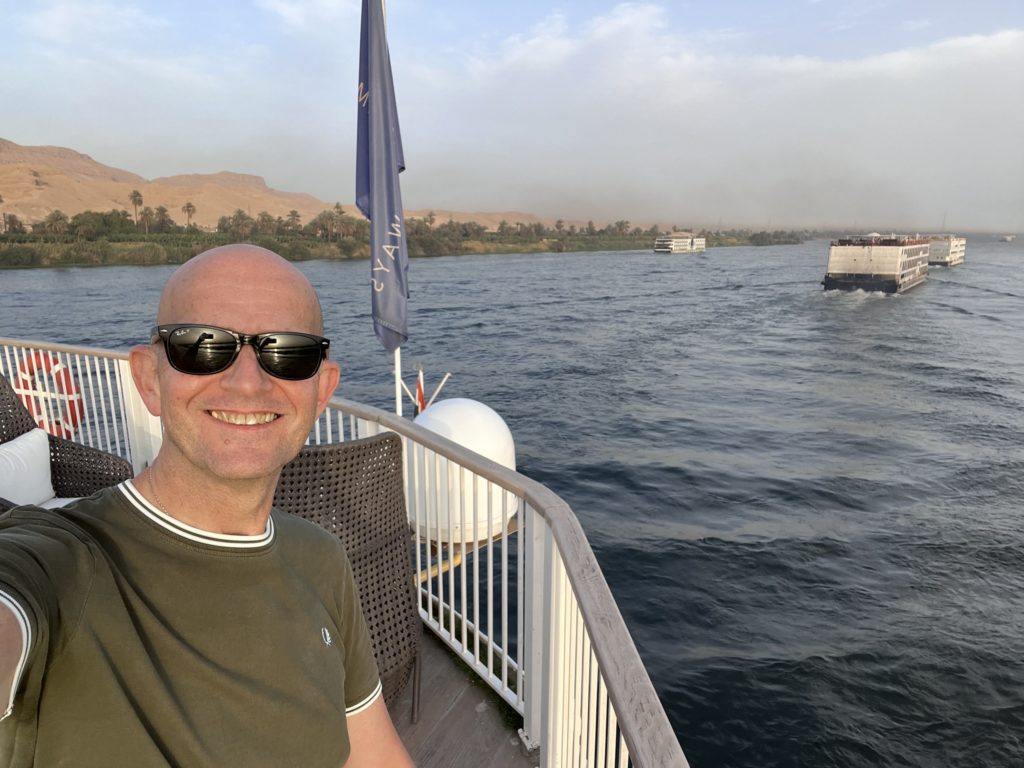
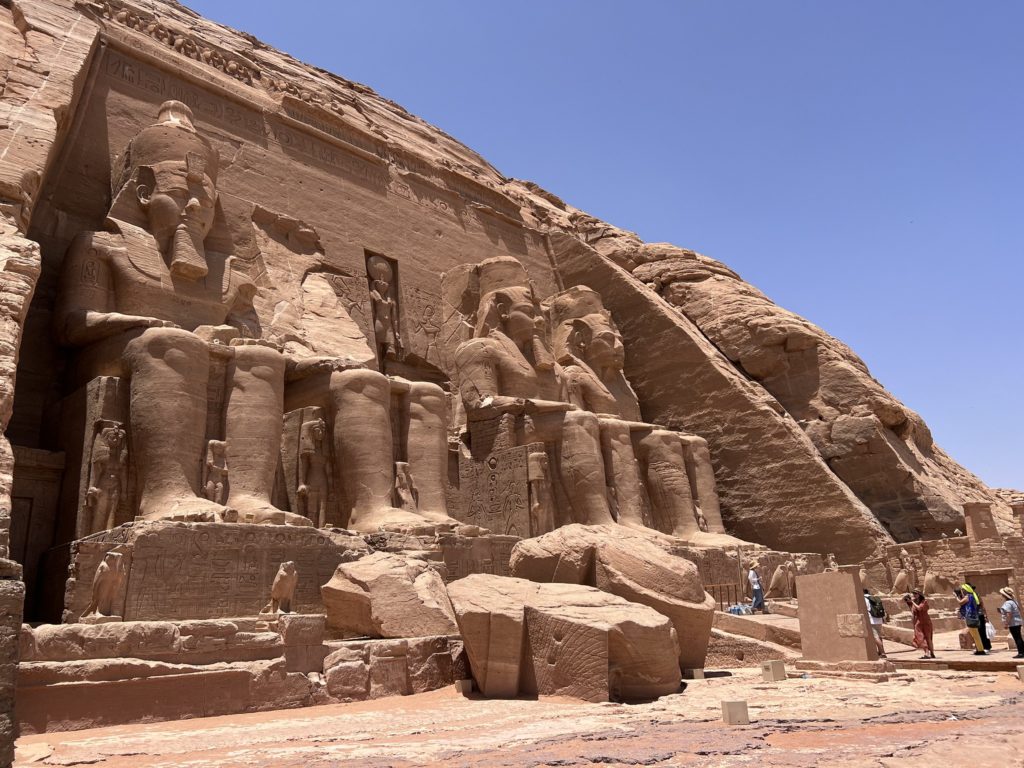
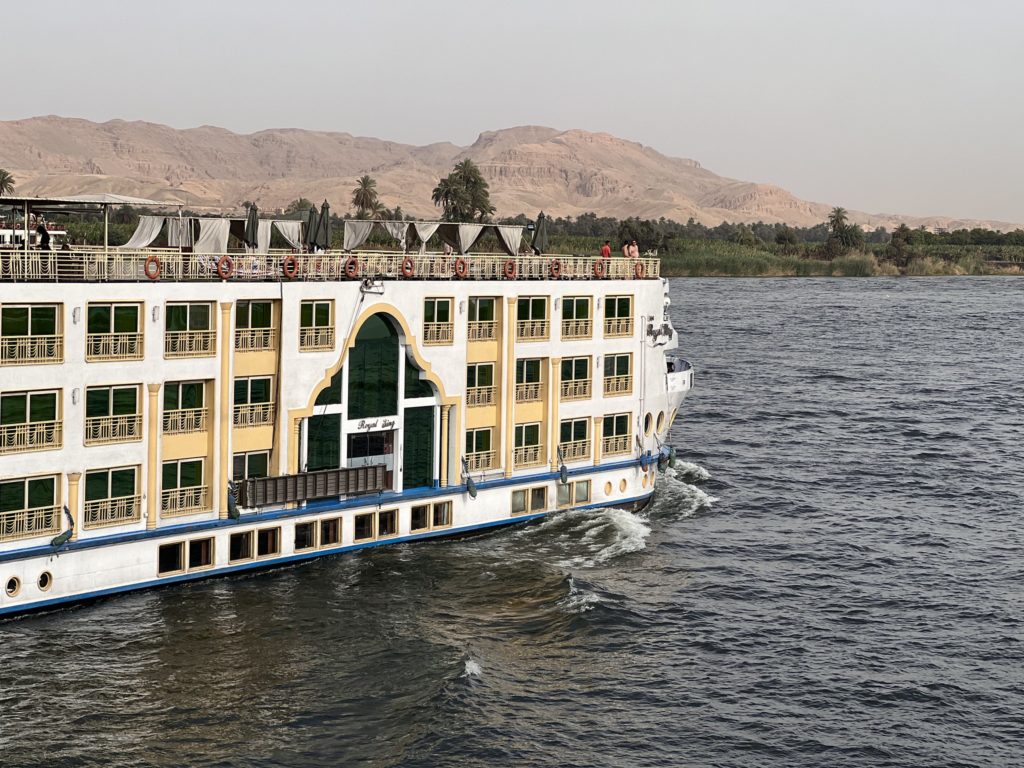
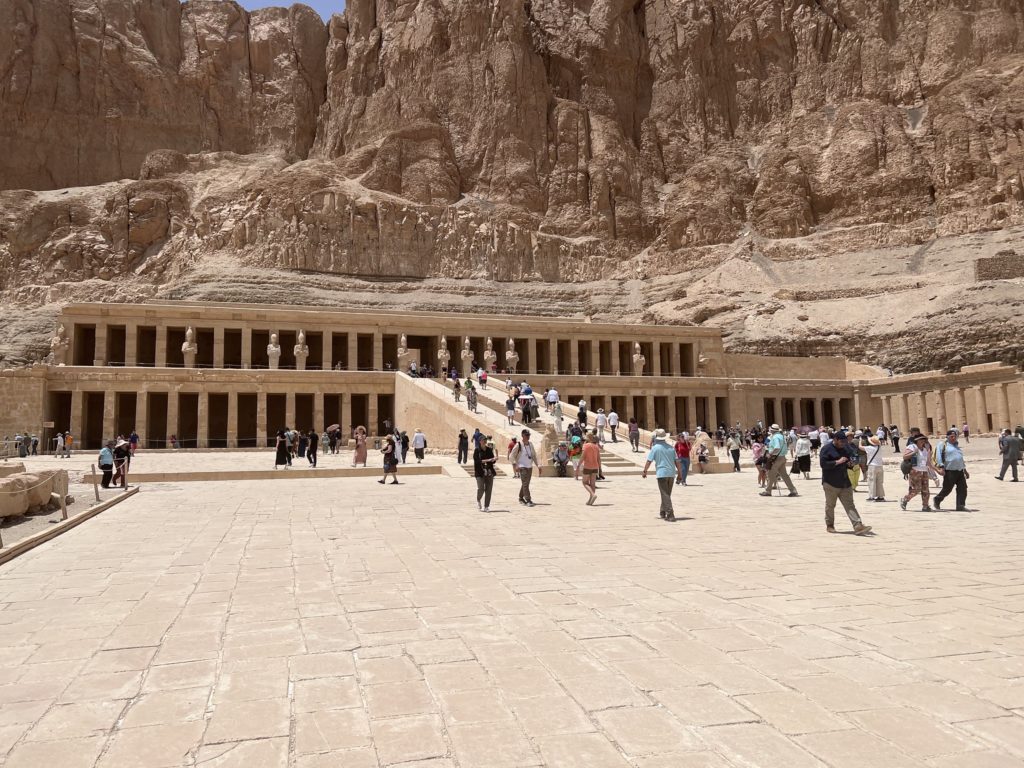
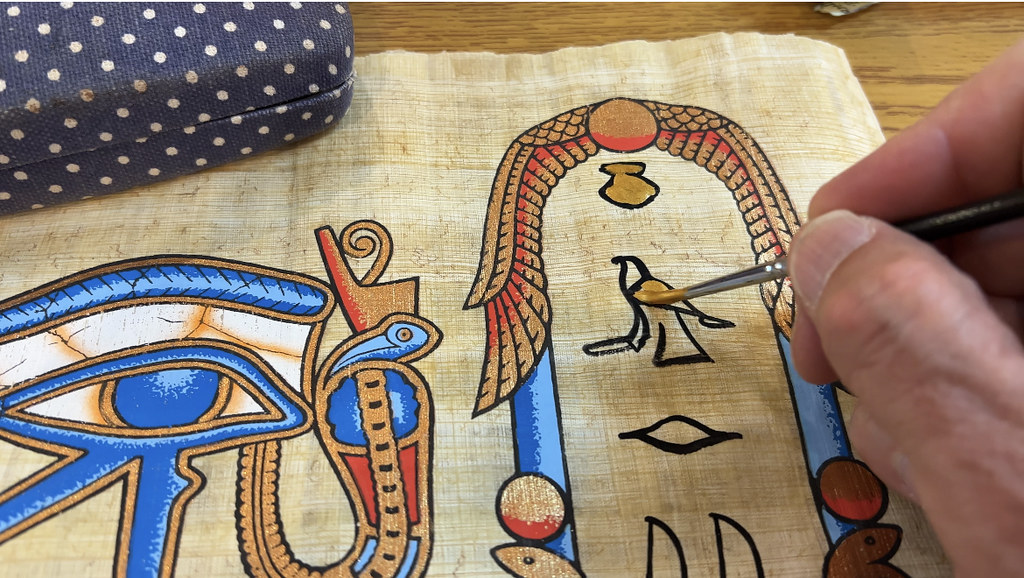
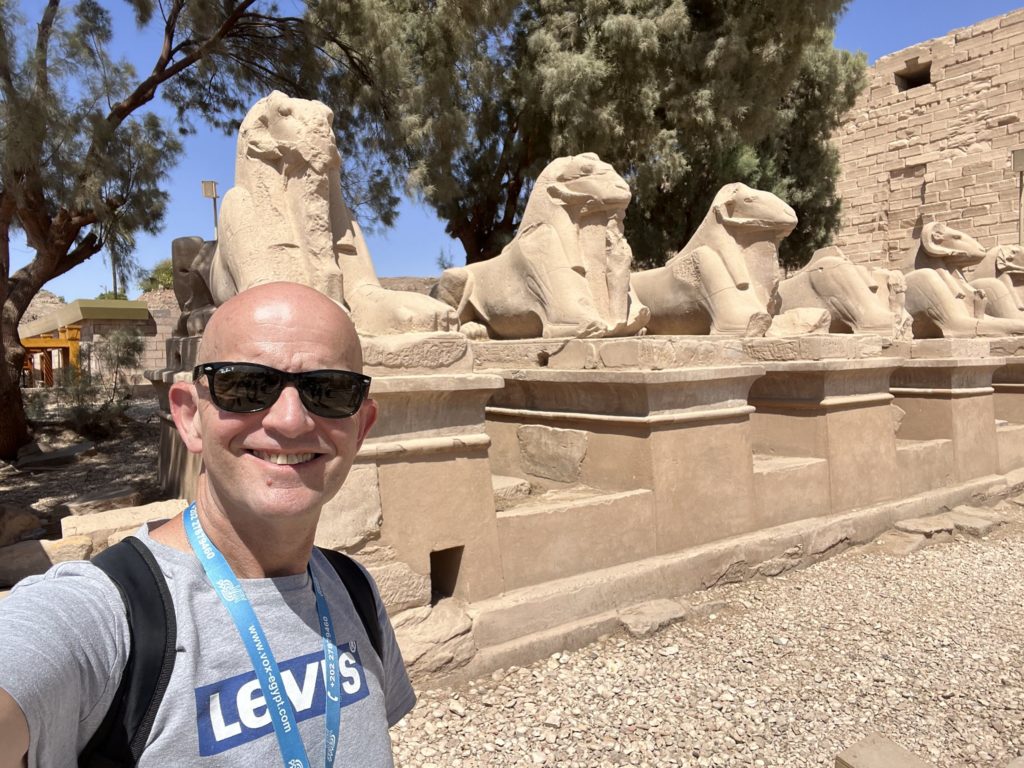













Great report. I really learned a lot and it made me think about so many things I never had.